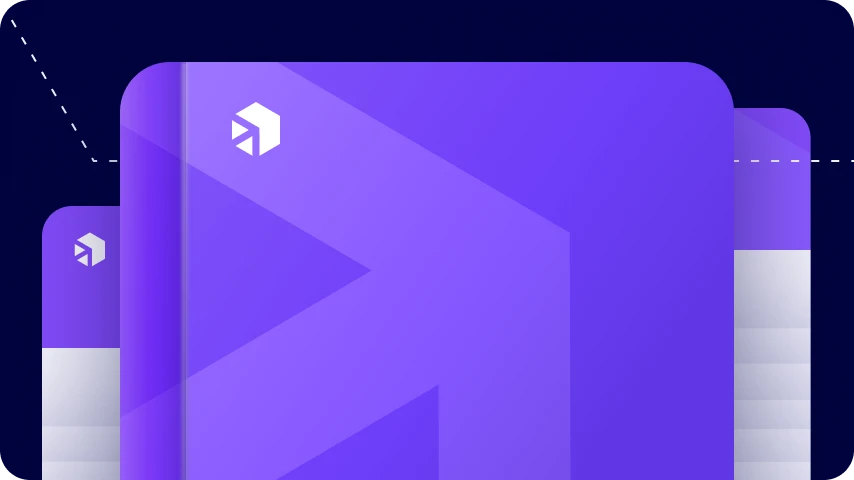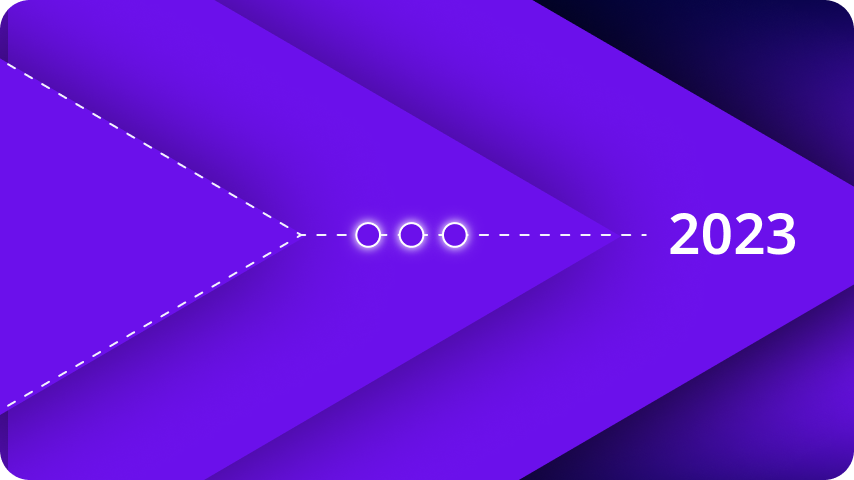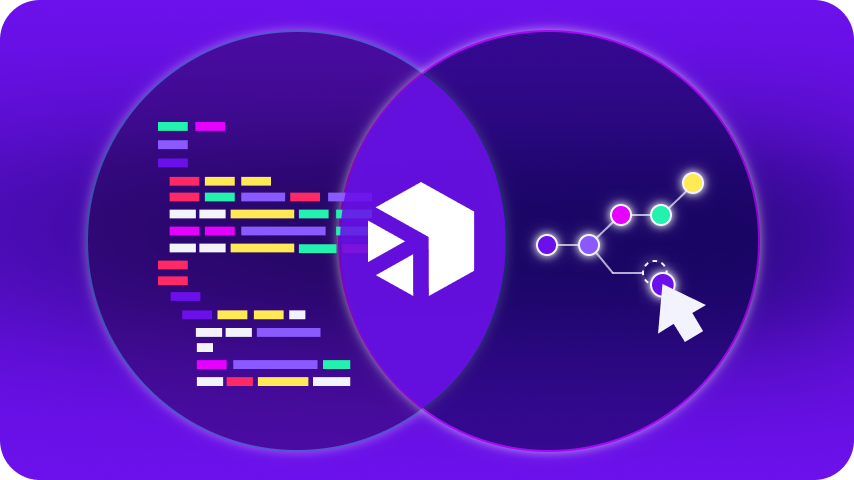December 14, 2022
I recently moderated a discussion with three of my colleagues, Co-founder and CEO Rodrigo Bernardinelli; Peter Kreslins, Co-founder and CTO; and Tam Ayers, Field CTO, North America. It was a fascinating session where we shrugged off the constraints of today to explore what we believe we’ll experience in 2023. Since we tend to focus on our customers, it’s easy to forget that Digibee is an enterprise too. So the future IT industry trends we predict in 2023 are ones we will share with all enterprises. Read on!
PREDICTION 1
“In 2023, IT investment will increase even in the face of a recession”
Rodrigo Bernardinelli, CEO
While there has been plenty of talk about an impending recession, the news certainly isn’t slowing investment in IT. If anything, we see an acceleration. According to the experts at Gartner, IT spending is projected to total $4.6 trillion in 2023, an increase of 5.1% from 2022.
Regardless of downturns in the market, competing and winning in business is imperative in any economy. Failure to accelerate, even during down cycles, often leads to the demise of the business. These are hard lessons we learned in 2020. No enterprise wants to be in a position where the business is helpless to respond to sudden changes in the market and economy.
With enterprises anticipating harder times in the future, many companies are taking preemptive action, urgently modernizing their technology stacks to ensure the business is prepared for whatever lies ahead. While the downsizing of some parts of the workforce may be necessary (see Prediction 2), automation and other innovations must be in place to ensure these developments don’t impact profitability.
Digibee customers are moving full steam ahead with enterprise integration initiatives that support this strategy. These business cases are built on tangible ROI outcomes where IT costs are offset by efficiencies the technology delivers today and into the future.
A significant advantage with a contemporary integration strategy is the enablement of automation, offloading time-consuming manual tasks so people can work more efficiently, focusing on the things they should be doing, and that deliver the highest value to the business.
These quantifiable outcomes justify the increase in IT spend, future-proofing the business so it remains competitive and profitable even in a slowing market.
PREDICTION 2
“In 2023, hiring will remain competitive“ (for a subset of workers)
Peter Kreslins, CEO
In 2020, the pandemic turned the global workforce model on its head, with new, divergent career paths, early retirement, and the gig economy. The result? In the intervening years, enterprises have had to deal with a chronic and painful global skills shortage.
While a recession (if it happens) will open things up due to downsizing and layoffs, we will still compete for those workers with in-demand experience and specialized skills. For example, people with backgrounds in artificial intelligence, data science, dev-ops, and cloud-based infrastructure. These desirable hires will continue to pick their jobs (and their paycheck).
Retaining these skilled workers will be as difficult as it was to find and hire them. Along with clear expectations on salary and their role, these people want to derive value and satisfaction from the work they perform. From their perspective, quality of work directly impacts quality of life.
To achieve these results, enterprises must eliminate redundant and time-consuming tasks, freeing up bandwidth to focus on higher value activities that satisfy individual needs and the needs of the business.
While hiring will remain competitive for this subset of workers, it is likely we will see some attrition within the larger, less skilled employee base. The business will no longer be able to respond to IT issues by throwing more people at them. Instead, enterprises must offset these losses by increasing operational efficiencies.
Technology will fill the void. Digibee customers rely on enterprise integration to help them leverage capabilities such as automation and AI assisted decision-making which will be critical in maintaining and even increasing productivity with a smaller workforce.
PREDICTION 3
“The future is composable”
Tam Ayers, Field CTO, North America
The foundation for our future, and the linchpin in accommodating all of the challenges that lie ahead, is the implementation of composable infrastructure. This technology advancement will become a critical differentiator in 2023 (and into the future), allowing enterprises to succeed and grow in spite of economic downturns and fewer resources.
Composable infrastructure lessens our reliance on technical experts, removes bottlenecks, and allows everyone to innovate. The modularity afforded by this model supports greater compartmentalization and specialization, with digital capabilities embedded throughout the business.
Our efforts to liberate how quickly we innovate supports Moore’s law, whereby computational progress becomes significantly faster, smaller, and more efficient over time. That we face an ever-faster rate of change is undeniable. Enterprises that don’t keep up will rapidly fall behind. According to Gartner, organizations that adopted a composable approach in 2022 will have outpaced their competition by 80% in the speed of new feature implementation.
As the adoption of composable infrastructure increases, there will be a shift towards a more centralized IT model. While IT won’t go away, the traditional system will change. Instead, more responsibility will rest within the lines of business where we’ll see the hiring of technical people, developers, and others who support and embrace the new order.
Digibee customers are actively pursuing a composable future, leveraging enterprise integration to create reusable components so they can build more quickly and easily, reducing the time needed to develop and deploy new innovations.
Technology Industry Outlook 2023
There is no denying that 2023 will be an interesting year with some longer-standing IT industry trends winding down and new, more modern technologies hitting their stride.
We look forward to working closely with our customers in 2023, while forging new relationships with motivated enterprises intent on building resilient and agile businesses.
For more information on how the Digibee team can help you achieve your business objectives in the new year and beyond, request a demo today.
Happy 2023!













